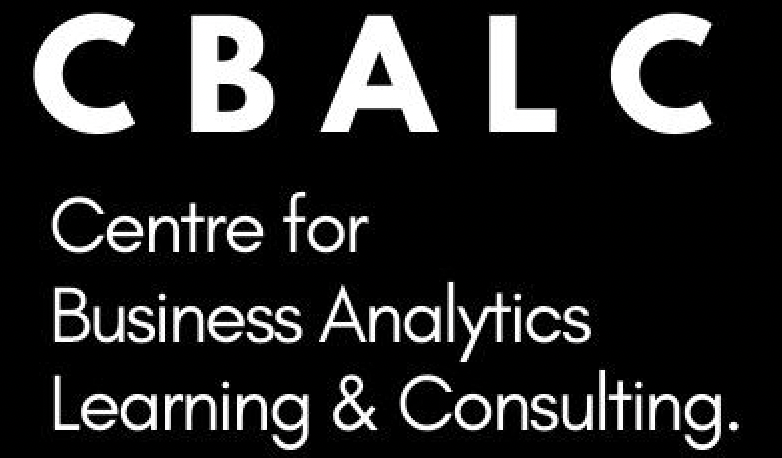In the ever-evolving world of finance, data has become the backbone of decision-making processes for businesses and investors alike. Descriptive analytics, one of the foundational branches of data analytics, plays a pivotal role in extracting valuable insights from historical financial data. This article delves into the significance of descriptive analytics in finance, highlighting key metrics used and the interpretations drawn from them.
Introduction to Descriptive Analytics:
Descriptive analytics involves the examination of historical data to understand patterns, trends, and relationships, without attempting to predict future outcomes. In the financial domain, descriptive analytics offers a comprehensive view of past performance, aiding in informed decision-making, risk assessment, and performance evaluation.
Key Metrics in Descriptive Analytics:
- Time Series Analysis: Time series analysis is a fundamental technique that examines data points collected over successive time periods. In finance, it helps analyse historical stock prices, interest rates, or company revenues. Visualizing time series data through line graphs or candlestick charts provides insights into market trends, seasonality, and volatility.
- Financial Ratios: Financial ratios are powerful tools to assess a company’s financial health and performance. Ratios like price-to-earnings (P/E), debt-to-equity (D/E), and return on equity (ROE) help investors understand a company’s valuation, leverage, and profitability, respectively. By comparing these ratios with industry benchmarks, analysts gain valuable perspectives on a company’s competitiveness.
- Volatility Analysis: Volatility measures the extent of price fluctuations in a financial instrument. Metrics like standard deviation and beta are widely used to gauge the risk associated with an investment. Understanding volatility aids in constructing diversified portfolios that balance risk and return.
- Correlation and Covariance: Analysing the correlation and covariance between different assets allows investors to identify how they move in relation to each other. Positive correlation suggests assets move together, while negative correlation indicates divergent movements. By diversifying a portfolio with assets having low correlation, investors can mitigate risk.
- Moving Averages: Moving averages smooth out fluctuations in data and reveal underlying trends. Simple Moving Averages (SMA) and Exponential Moving Averages (EMA) are frequently used to analyse stock prices, helping traders identify potential entry or exit points.
- Histograms and Distributions: Histograms provide a visual representation of data distribution. In finance, they are used to understand the frequency of price movements, enabling analysts to assess potential returns and risks associated with investments.
Interpretations and Applications:
- Performance Evaluation: Descriptive analytics is crucial for assessing the historical performance of companies, investment portfolios, or financial instruments. By examining past returns and financial ratios, investors can determine if their strategies align with their objectives.
- Risk Assessment: Understanding volatility, correlations, and covariance helps investors identify the risk inherent in their investments. It allows them to adjust their portfolios to avoid over-concentration in specific assets or sectors.
- Market Trends and Sentiments: Time series analysis allows investors to identify market trends and sentiment shifts. Recognizing long-term patterns or sudden changes can be vital in making informed decisions and adjusting investment positions.
- Identifying Outliers: Descriptive analytics aids in identifying outliers or extreme data points that deviate significantly from the average. These outliers may represent significant events such as market shocks, company-specific incidents, or errors in data collection.
- Customer Behaviour: In the realm of retail finance, descriptive analytics helps financial institutions analyse customer behaviour. By examining transaction patterns and spending habits, banks can tailor products and services to meet their customers’ needs better.
- Regulatory Compliance: Descriptive analytics is valuable for financial institutions to ensure compliance with regulatory requirements. It helps monitor transactions, identify suspicious activities, and prevent fraudulent behaviour.
- Forecasting and Planning: While descriptive analytics focuses on historical data, it also serves as a foundation for predictive analytics. Understanding past performance and market trends helps build models for forecasting future scenarios and making strategic plans.
Challenges and Limitations:
Despite its significance, descriptive analytics has some limitations:
- Lack of Context: Descriptive analytics deals with historical data in isolation, which may not always provide the complete context for specific events.
- No Causality: Descriptive analytics reveals correlations but does not establish causality between variables, which limits its ability to predict future outcomes.
- Data Quality: The accuracy and quality of historical data significantly impact the reliability of descriptive analytics.
- Dynamic Markets: Financial markets are subject to constant changes, and relying solely on historical data may not account for current market dynamics.
Conclusion:
Descriptive analytics is a fundamental component of data analysis in finance. Its ability to provide valuable insights from historical data equips decision-makers with a deeper understanding of past performance, risk exposure, and market trends. By interpreting key metrics and patterns, finance professionals can make more informed choices, formulate effective strategies, and stay competitive in an ever-changing financial landscape. While descriptive analytics is a crucial starting point, coupling it with predictive and prescriptive analytics can unlock even more significant opportunities for success in the world of finance.
– Stuti Srivastava






